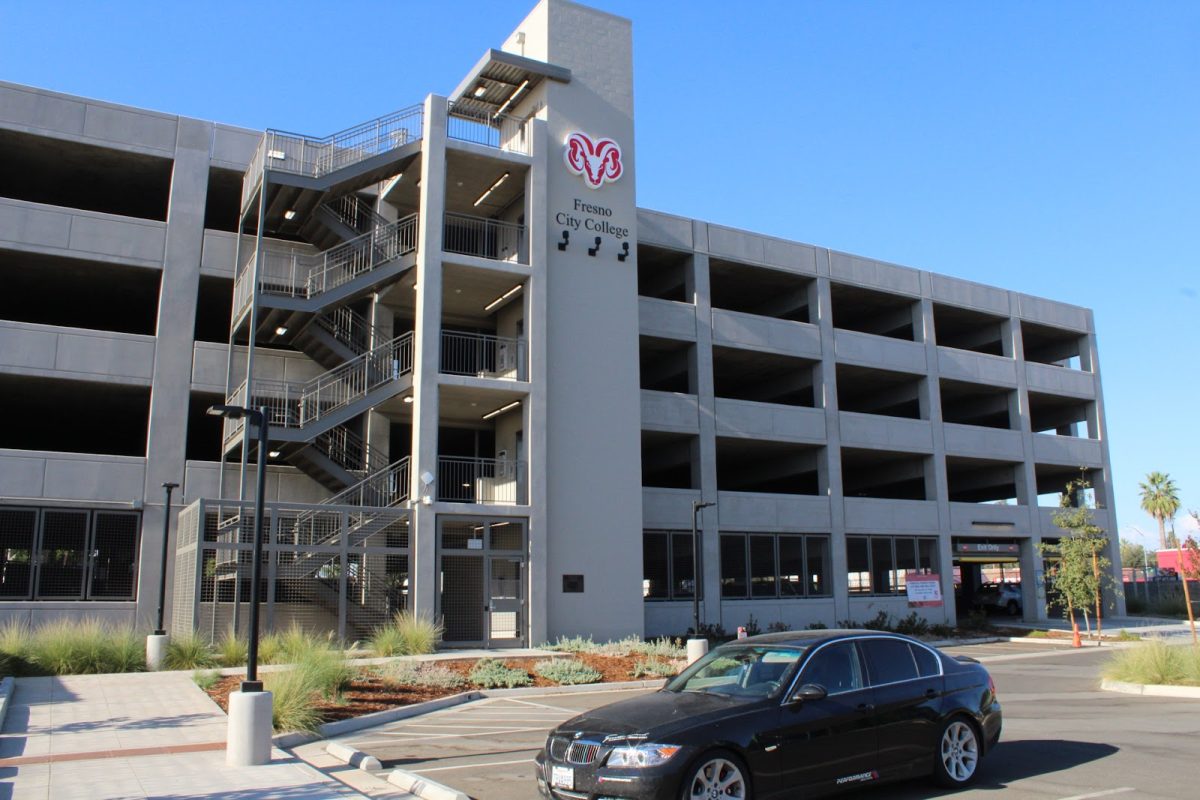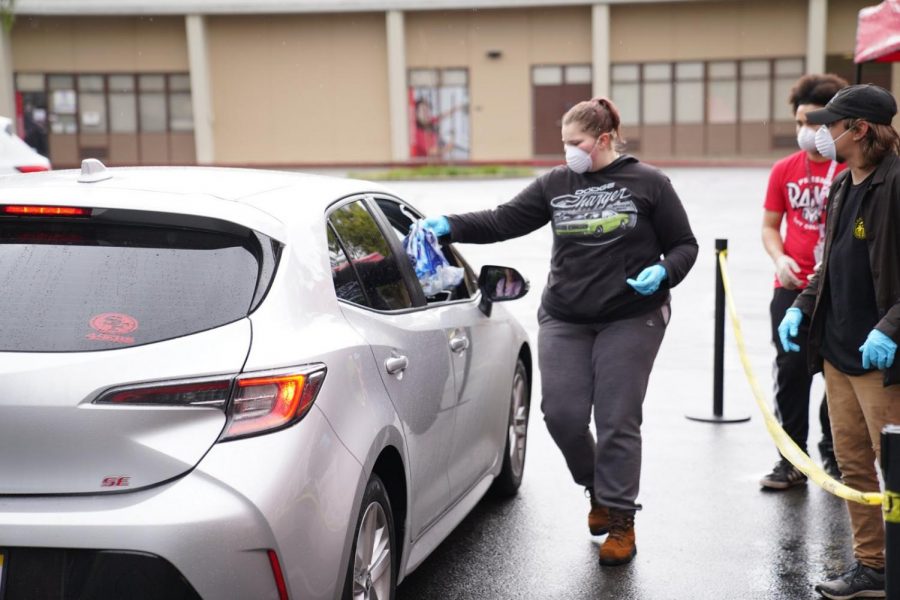Fernando Garcia, 42, like 3,000,000 migrant and seasonal farm workers in the U.S., lives an impoverished existence. He and his wife Celia Cruz toil for every dollar they earn; they scrimp, skipping meals and other necessities regularly, year after year, yet saving nothing and owning only the clothes on their backs. Every month, their earning barely pays their bills — the bare necessities — food and running water.
Their only son, Jair Cruz, recently turned 18 years old, works in the fields alongside them. Jair wants to increase the total family income, but each week is a struggle to make ends meet. Jair, a senior at Washington Union High School, gave up regular school and is doing independent studies in order to make himself available to work 24 hours, seven days a week, with his parents.
It is a sacrifice for Jair, who yearns for the sort of things his peers enjoy — a cell phone, an occasional ‘eat out’ with his friends. Now, he is intently focused on being able to contribute to his family’s budget and keeping homelessness at bay, for the time being.
The Garcia family relies on an income that fluctuates week by week, especially at non-harvest times. The first week of November yielded a combined 60 hours of work compared to seven hours the following week. Day by day, they will try to pick any crops left during the winter, even if when it takes three hours to travel to a work site that has only an hour of work. It’s about earning an income, no matter where, when or how.
Garcia and his family currently receive a piece-rate income of $16.50 per bin of oranges. The bin is a size of a large Jacuzzi pool that can take up to an hour or more to fill depending on strength and speed of work.
On average, they wear a sack that can support 90 pounds of weight hanging from the right shoulder for as much as eight hours each day.
Harvesting with a sack that is constantly being loaded is very straining on the body; some field workers walk lopsided, carrying sacks half of their size. These workers suffer continuous back-pain and their gait is severely compromised, even after the weight is off at the end of the day.
In addition to the sack, each harvester also carries a 16-foot ladder from tree to tree. They are required to pick every fruit on the tree from top to bottom and rely on a ladder which they rest on tree branches to support their weight as well as the sack’s.
It takes approximately 20 90-pound sacks of oranges to fill one bin.
This is the labor that Garcia and his wife have sustained for the last 15 years.
But even with their son’s recent financial help, Cruz said that she is “not happy” because they still “live in shortage of money” to pay for food and rent. They must also pay the pricey fees to stay in the U.S. legally.
Every year since 1999, they have individually applied for the H-2A visa — $2,000 per person — $6,000 for the three of them — for a right to re-enter the country for temporary agricultural work. This is a yearly expense the family can barely afford.
According to the latest Migrant and Seasonal Enumeration Profiles Study of California.
California alone is home to 730,000 of the 3,000,000 seasonal and migrant farm workers in the U.S. One hundred thirteen thousand of the seasonal and migrant farm workers reside in Fresno County.
These workers travel distances from Merced to Fresno to Tulare and Kern counties, and sometimes beyond the state, throughout the U.S. These workers serve as the backbone for an agricultural industry that feeds all of America and a sizeable portion of the world.
While advocates acknowledge some improvement in work conditions — wages, workers’ rights, labor policies and community outreach efforts, most migrant workers live on the periphery of society. They often do not speak English, live in homes that most cannot imagine and in impoverished chaos. Most do not have necessary documentation and live in terror of being reported, deported and unimaginable horror of being forced back to a life they fled. Their invisibility and silence leave them desperate and vulnerable to abuse.
THE AMERICAN DREAM
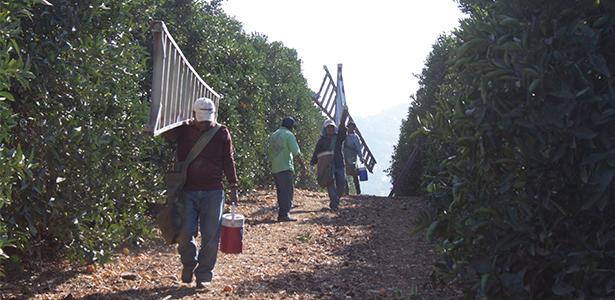
Before their odyssey in California agriculture, Latino immigrants like Francisco Ramirez, 37, worked in industrial factories in Mexico. Back home, he earned only a fraction of his current wage while working under much harsher conditions. He had no choice. His income helped support his parents.
The base wage in manufacturing jobs in Mexico is $1.20 an hour, according to a July 2005 report by the Institute for Global Labour and Human Rights Organization.
The Business & Human Rights Resource Centre confirmed in Aug 2006 that workplace hazards include irreversible harm such as “scars from operations on repetitive strain injuries” that leave workers incapable of working for the rest of their lives. Employers offered no retirement benefits or sick days or holidays. Instead, they preyed on their workers’ vulnerability, forcing “injured employees to sign voluntary resignation notices to save or termination payments,” the Business & Human Rights Resource Centre reported.
As afraid as he was to change his life for miniscule increase in income, Ramirez knew that his job in Mexico offered no future. No matter how hard he worked, his income could never keep up with his basic needs– let alone his family’s. Reason overcame fear and a few years ago, he decided to join his brother in the U.S. with the hope of a better life.
Juan Soto, 43, gives the same reason for pursuing a job in California agriculture. His wife and 4-year-old daughter needed support, and his income wasn’t enough to secure their needs.
Since 2001, he has roved from farm to farm in Fresno county picking a variety of oranges and grapes at different seasons.
“I’ll do whatever it takes to support my family,” he said, including risking his life to cross the Arizona desert every four years in order to see them.
The North American Congress on Latin America reports that every year, 500,000 Mexicans migrate to the U.S. without proper documentation, a rate that has doubled prior to 1994.
Thinking of America as “the land of opportunity,” many immigrants depart their native land to alleviate themselves from poverty. But in such cases, life in the U.S. is “not necessarily better, just a different reality,” Ramirez said.
ALIENATION COMPOUNDED BY LANGUAGE BARRIER
Poverty among farm workers is compounded by language barrier, misinformation and lack of available services and resources in the community.
A National Agricultural Workers Survey showed that as much as 35 percent of seasonal and migrant workers said they could not speak English “at all”; 27 percent said they could speak English “a little” and 8 percent said they could speak English “somewhat”. The workers showed only an average educational attainment of the eighth grade; 40 percent had completed only first through sixth.
Additionally, a fact that is unknown is that farm workers who are part of the indigenous group in Mexico do not speak or understand Spanish, nor do they share cultural commonalities as the majority of Latino immigrants. They are discriminated against based on physical appearance typically short stature and dark complexion, distinct cultural beliefs and inability to speak either English or Spanish.
Rafael Herrera, 35, is an indigenous worker from Oaxaca, Mexico. Because he works in farms where a majority are either from Oaxaca or Mixteco, he said that racism doesn’t occur.
However, fields with a stronger ethnic diversity are likely to be a different work environment for indigenous workers.
“They are treated differently,” Ramirez said. “They get made fun of because they’re short– about five feet tall– and very dark.”
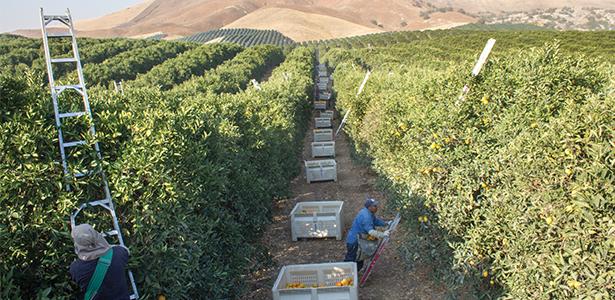
Indigenous workers are estimated by the Farmworker Justice organization to be 22 percent of farm workers in California, approximately 165,000 people. Moreover, “their housing tends to be more overcrowded and their wages tend to be lower and working conditions more dangerous than their non-indigenous Mexican counterparts.”
Agencies in Fresno such as California Rural Legal Assistance Foundation, Deferred Action Help Center, Fresno Immigrant Youth in Action and Centro Binational para el Desarrollo Indigena Oaxaqueno are implementing projects on worker’s rights, training professional interpreters and facilitating access to health and social services.
These agencies said that it’s all about community education right now. They have yet to see a comprehensive immigration reform that would change a dysfunctional system and establish grounds for people who deserve to be here.
“We really try to just have individuals know and become empowered by knowing they have […] legal rights,” Amparo Cid said, Program Director at California Rural Legal Assistance Foundation. “As immigration reform talks are happening, we can try to find pathways for specific individuals versus having to undergo a complicated system right now for a lot of people.”
IMMIGRATION ISSUES
National Agricultural Worker Survey data from 2007-2009 shows about half of the farm workers in the United States are unauthorized. This translates to approximately 1.5 million of the nation’s 3 million farm workers.
Oswaldo Valencia, a farm labor contractor of Prime Harvesting Contracting in Fresno, shares his insight as to why guest-workers remain in the U.S. beyond the time granted by their temporary visa. He said, “they’ve invested everything and they have nothing to go back to, that or pride– those who don’t want to go back empty-handed.”
In order not to live marginally, however, “applying for permanent residency is the only way to become legalized,” said Rosemary Moreno of the Immigration Assistance Service Center, Inc. in Fresno.
She said that this process, however, requires an immediate family member who is a U.S. citizen to petition such as a mother, father, spouse and children and can take over 10 years depending on the country of origin and family-based preference according to the Visa bulletin of the U.S. Department of State.
Unauthorized seasonal and migrant farm workers who cannot be petitioned otherwise live surreptitious from government oversight and rely on income that fluctuates by the season.
Before attaining his Social Security Card through the Dream Act, Jose Rojas, 21, used to worry about getting pulled over by a traffic officer.
“I was very careful to not go through the busy streets and go through the little streets”, Rojas said. “I always had that fear of losing my truck or my gear.”
Living in fear around the clock has negatively impacted the way Rojas and his family live their lives. This means being restricted to the confined space of their home and keeping a “low profile” at any other place.
The problem is that they perform such an essential job “that nobody else wants to do and yet they live in destitution,” Valencia said.
GENDER ISSUES
“There’s a big gender gap in the field,” said attorney Felicia Espinosa, assistant director for California Rural Legal Assistance. “For the most part, it’s the men who have the power in the fields.”
Farm workers in crop harvesting are predominantly male. According to the 2007-2009 National Agricultural Workers Survey 78 percent of farm workers are male and 22 percent are female.
Celia Cruz, 44 usually earns 40 percent less than her husband on the same amount of hours in the field. Incapable of carrying the weight of a full sack (90 pounds), it takes her over 30 trips to unload oranges into a bin, nearly twice as much as the speed of an adult male. The only way she compensates for the numerous trips is to work faster around the clock.
Other issues that women currently face in agricultural work are gender discrimination, sexual harassment and violence.
Valencia said, “Some growers don’t hire female farm laborers because they believe the job cannot be done by women.”
In cases of sexual harassment and violence, accounts rarely make it to court hearings because “a lot of the sexual harassment cases settle for confidential amounts,” said Espinosa. This prevents punishable crimes to be visible to the public eye because they are hidden behind these “negotiations.”
Espinosa said, “There’s that fear that the family is going to blame them, the culture is going to blame them.”
Ephraim Camacho, a community worker at CRLA emphasized another risk of seeking justice. “Women will not complain because they’re trying to feed their family; it’s an economic issue. If they say something, the day haulers are not going to pick them up anymore.”
VERBAL ABUSE, UNFAIR TREATMENT
Unauthorized workers are especially vulnerable living under circumstances that bind them to silence. They’re not only subject to wages below state law’s, but are generally afflicted by a precarious livelihood, employers’ threats of on-the-spot removal and the risk of deportation.
Action to assert even inalienable rights is impeded upon on account of fears that have been cultivated on the grounds of living undocumented in the U.S.
Francisco Ramirez described a day when the owner of the farm visited the field. The owner demanded everyone to work past their usual hours. With no overtime pay and being physically exhausted, Ramirez said, “[the work] just wasn’t worth it,” so he refused.
Ramirez said that his boss scolded at him and demanded “not to come back the next day”.
Unauthorized workers are often fearful of submitting complaints or approaching legal assistance offices in order to report worker’s rights violations in fear that it might jeopardize everything they’ve established.
But despite recent law prohibiting employer retaliation, unauthorized workers choose to overlook malpractices based on persisting fear and the repercussion of making their voices heard.
“The biggest hurdle is overcoming that fear,” Amparo Cid said, a program director at California Rural Legal Assistance Foundation.
LACK OF LEGAL SUPPORT
When it comes to legal support many agencies in Fresno believe that the need “outrageously”” outweighs the resources.
“There are simply not enough community based organizations taking on this tremendous challenge,” wrote Raul Z. Moreno, the President of Education and Leadership Foundation, in a Deferred Action Help Center report on April 2013.
DAHC is the only agency in Fresno that offers legal service without cost in processing applications for Deferred Action for Childhood Arrivals .
Qualified applicants of DACA receive a Social Security number and a driver’s license.
It is estimated by the U.S. Census Bureau and American Community Survey that there are 125,000 eligible youths nationwide.
Since June 2012, DAHC in Fresno has helped over 1,000 clients with 50 percent of applications approved.
Maricela Cobarruvias, DAHC coordinator, said, “It’s not a pathway to citizenship, but it makes a big difference.”
Cobarruvias, however, expressed concern with the lack of media outlets to spread awareness of DACA and an ethical conflict with the private sector of legal assistance .
“[The farm workers] have no access to media. And when the word does come around, they are mostly misinformed,” she said.
The comprehensive immigration reform bill of 2013, S. 744, overhauled at the front door of the House of Representatives, is being offered by private legal service providers, according to Cobarruvias.
She said “they are already offering services to that process which is not even approved yet. It is really scary.”
CRLAF takes a strong stance to bring social justice and better living conditions to farm workers at a time when the responsibility is undertaken by a few.
“We still see these historic inequities, injustices, and what we try to do is have that transformation to turn the invisible to visible,” said Cid.
She also underscored the values of humanity and equality: “Because not only do these workers exist, not only do these families exist, they’re human beings, we just want to give them that fair shot so that they and their kids can also have access to all of those basics that all of us just take for granted.”


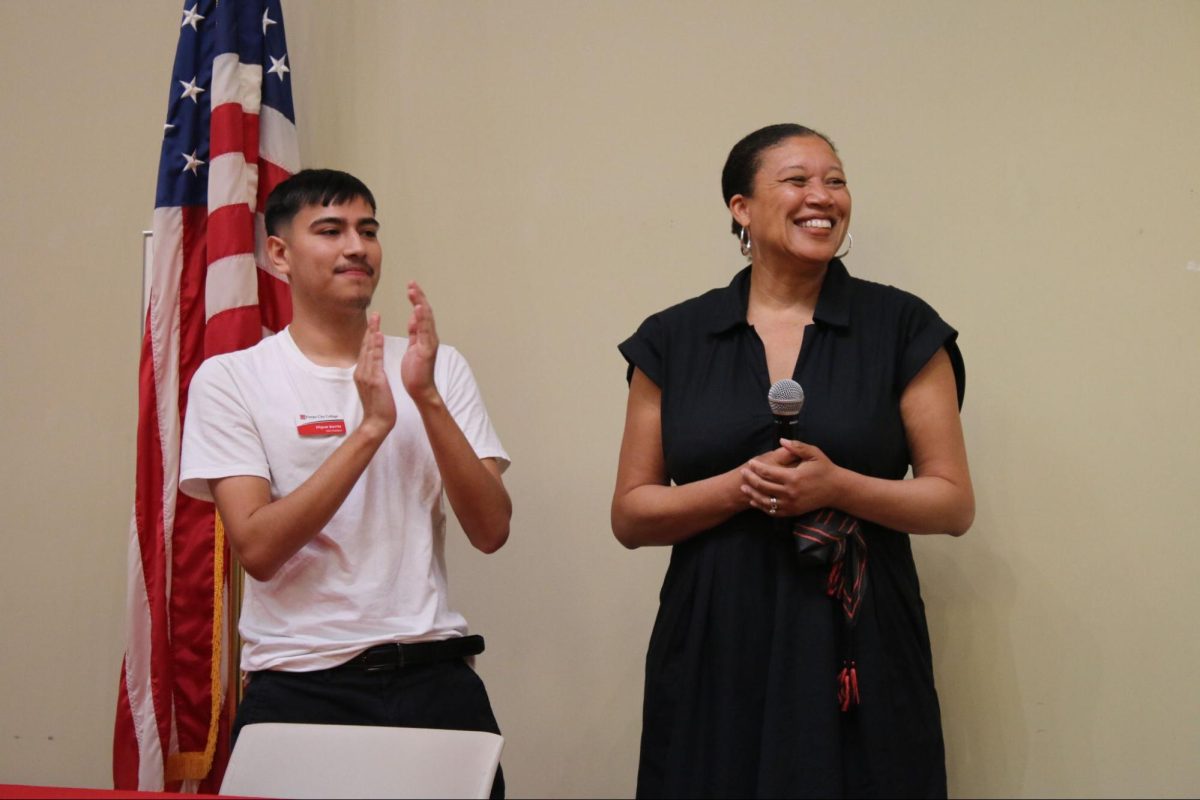

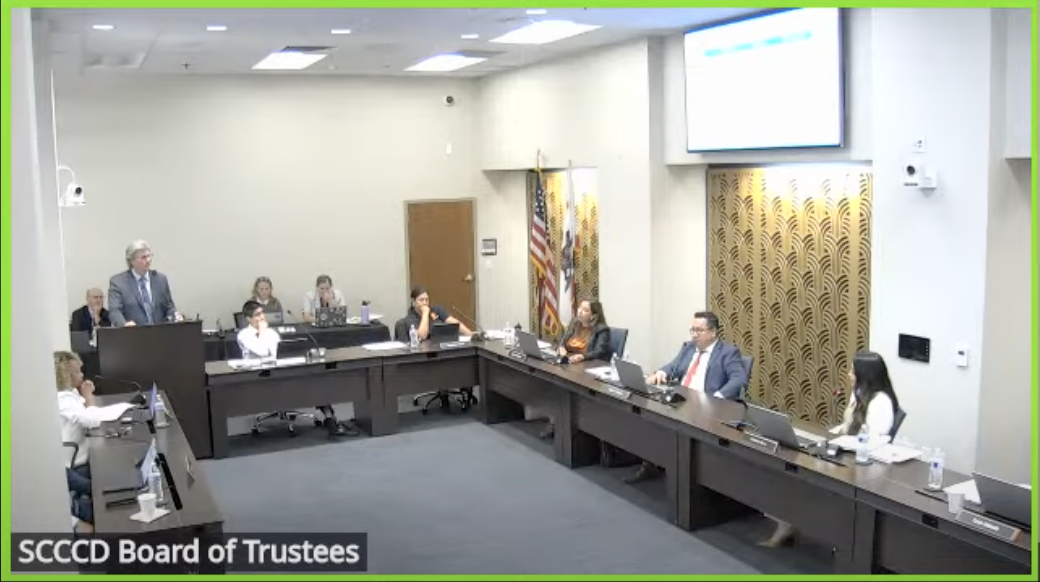
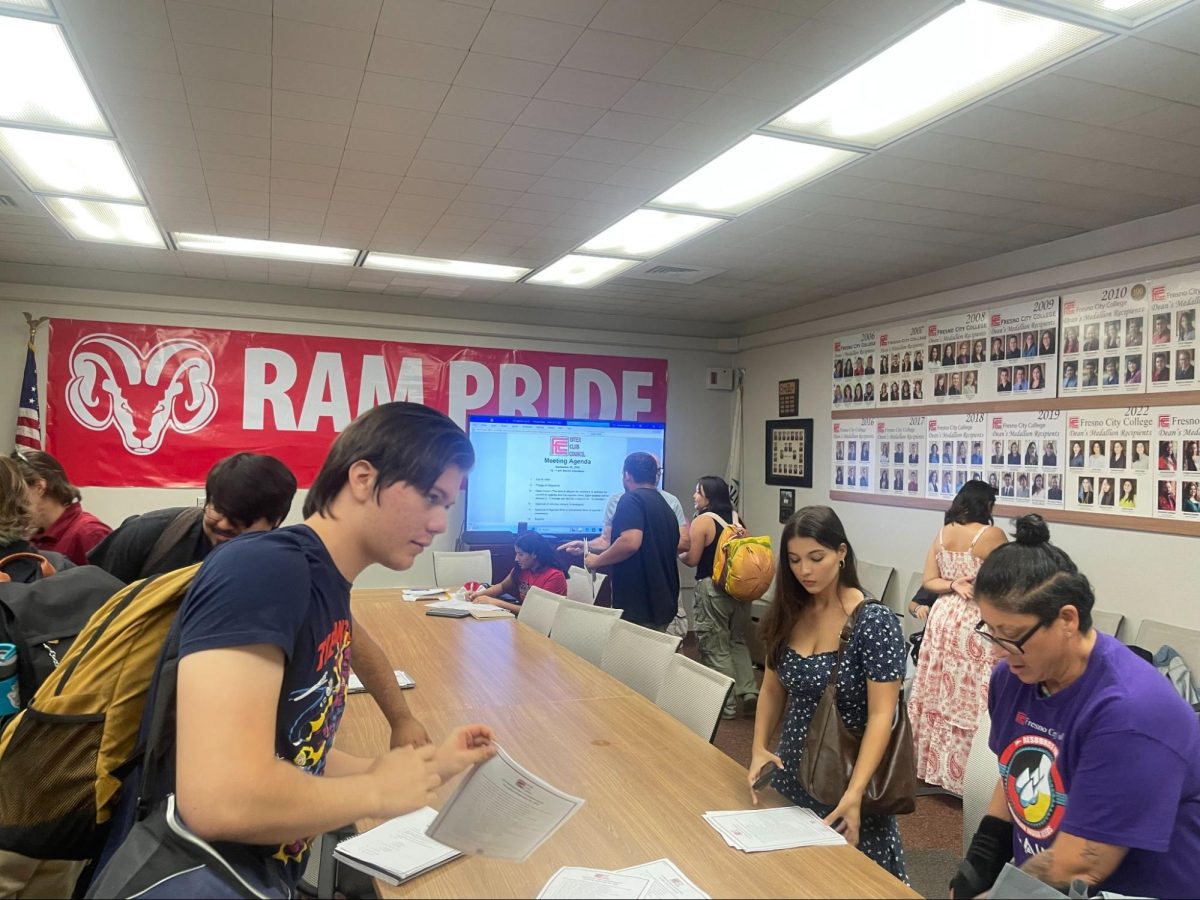

![[File Photo] On Wednesday, Feb. 19 Ed Madec coached what could be his final game as the Ram's head coach against the Reedley Tigers. Madec is currently under investigation for possible violations of CCCAA regulations.](https://www.therampageonline.com/wp-content/uploads/2020/03/Madec-900x600.jpg)
